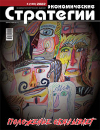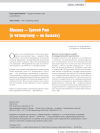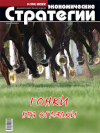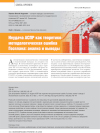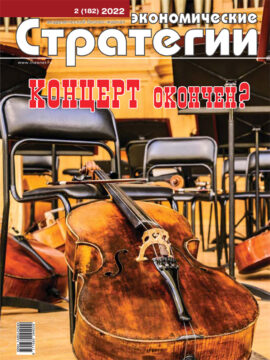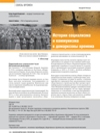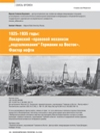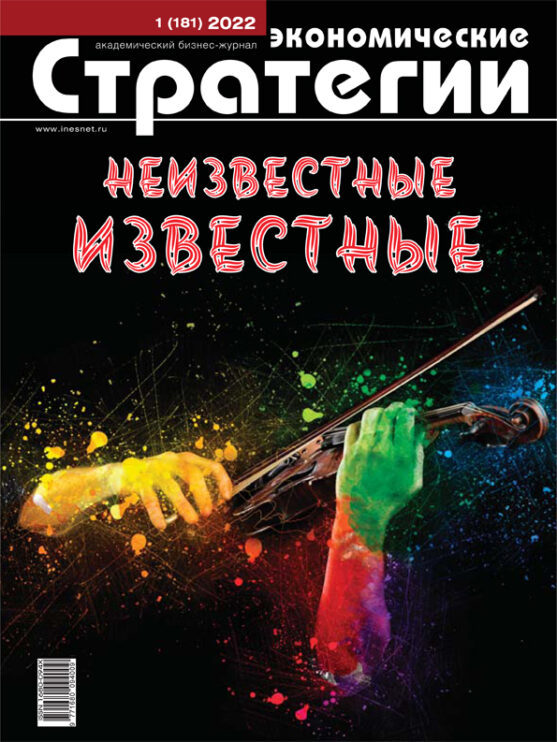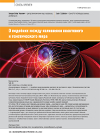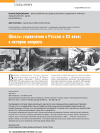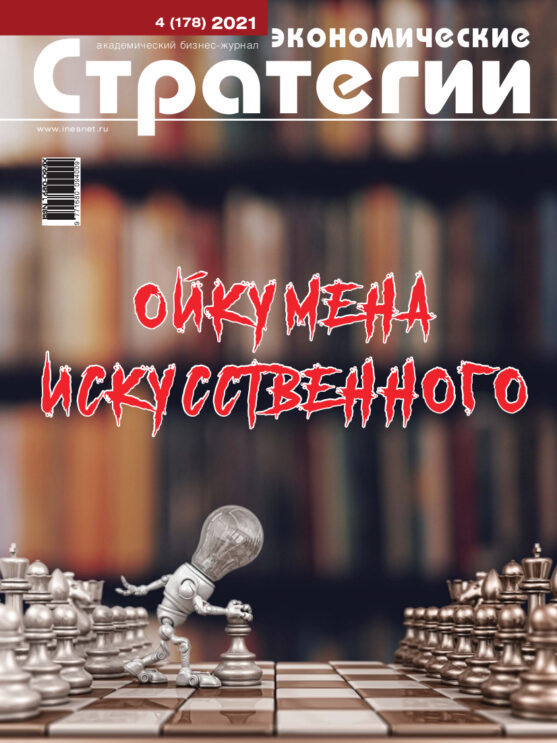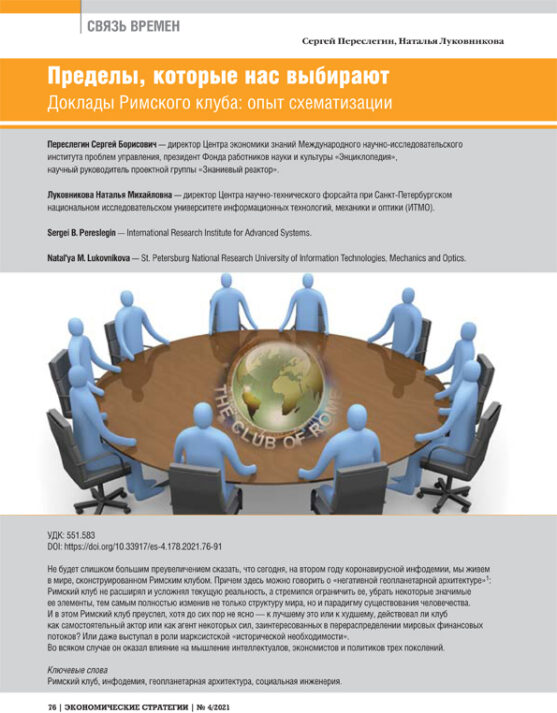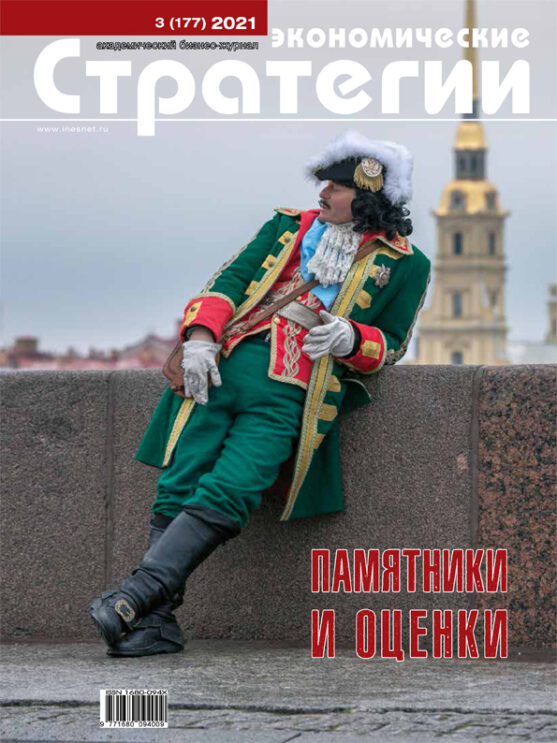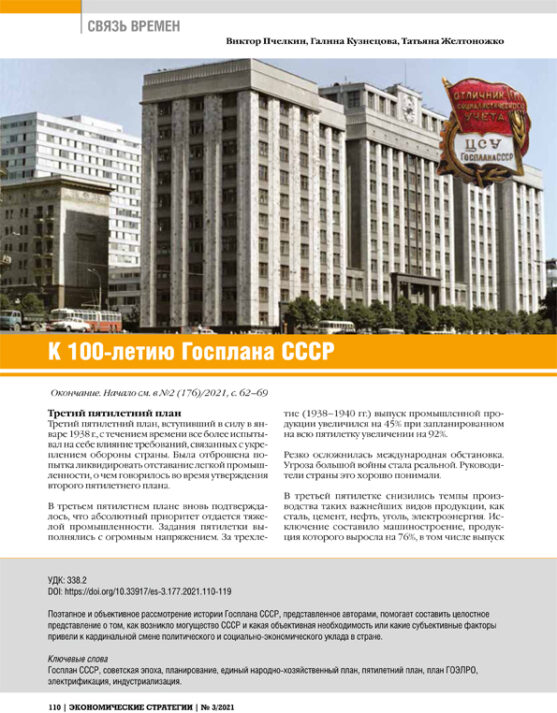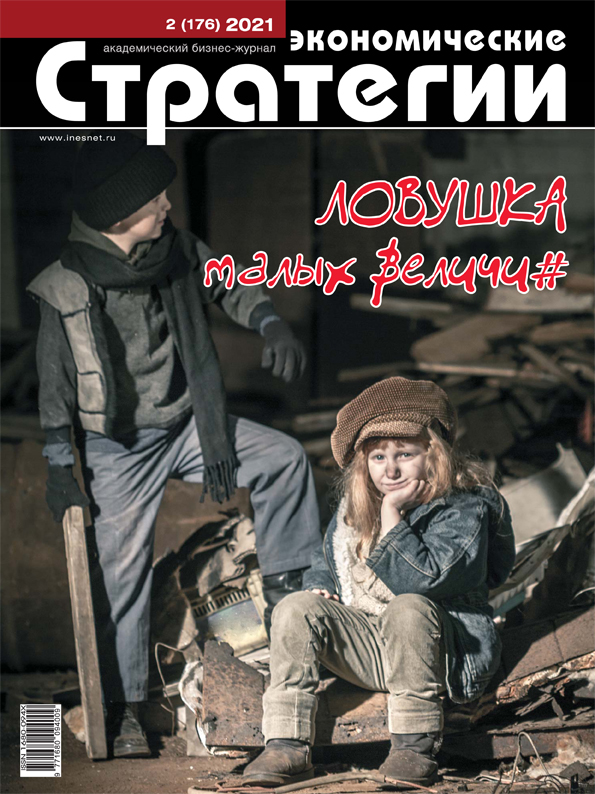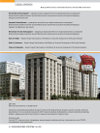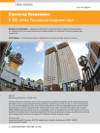Moscow — Third Rome (and the Fourth do not Happen)
DOI: https://doi.org/10.33917/es-5.185.2022.107-113
The talk of “vision of the future” that has been going on in recent years actually ignores the fact that in our history this problem has been solved. Having proclaimed: “Moscow is the Third Rome,” Elder Philotheus did not simply formulate an ideologeme, due to the necessity of that time. He expressed the idea of our statehood, which developed from the very beginning of its formation and determined the movement of our country.
References:
1. Kulikov D.E., Sergeitsev T.N. Ideologiya russkoi gosudarstvennosti [The Ideology of Russian Statehood]. Saint Petersburg, Piter, 2020.
2. Bogdanov A.A. Tektologiya [Tectology]. Moscow, Finansy, 2003.
3. Bogdanov A.A. Nauka ob obshchestvennom soznanii: Poznanie s istoricheskoi tochki zreniya (Izbrannye psikhologicheskie trudy) [The Science of Social Consciousness: Knowledge from a Historical Point of View (Selected Psychological Works)]. Moscow, Moskovskii sotsial’no-psikhologicheskii institut, 1999.
4. Khaidegger M. Nauka i osmyslenie: Bytie i vremya [Science and Understanding: Being and Time]. Moscow, Respublika, 1993.
5. Gumilev L.N. Drevnyaya Rus’ i Velikaya step’ [Ancient Russia and the Great Steppe]. Moscow, Astrel’, 2012.
6. Khaidegger M. Vopros o tekhnike: Bytie i vremya [The Question of Technology: Being and Time]. M.: Respublika, 1993.
7. Gumilev L.N. Ot Rusi do Rossii [From Rus to Russia]. Moscow, Airis-Press, 2001.
8. Stalin I.V. Ekonomicheskie problemy sotsializma v SSSR [Economic problems of socialism in the USSR]. Moscow, Gospolitizdat, 1952.
9. Pyzhikov A.V. Grani russkogo raskola [Facets of the Russian Split]. Moscow, Drevlekhranilishche, 2013.
10. Fromm E. Imet’ ili byt’ [To Have or to Be]. Moscow, AST, 2016.


